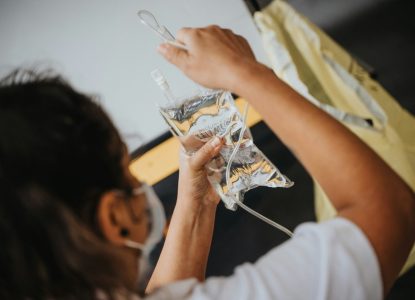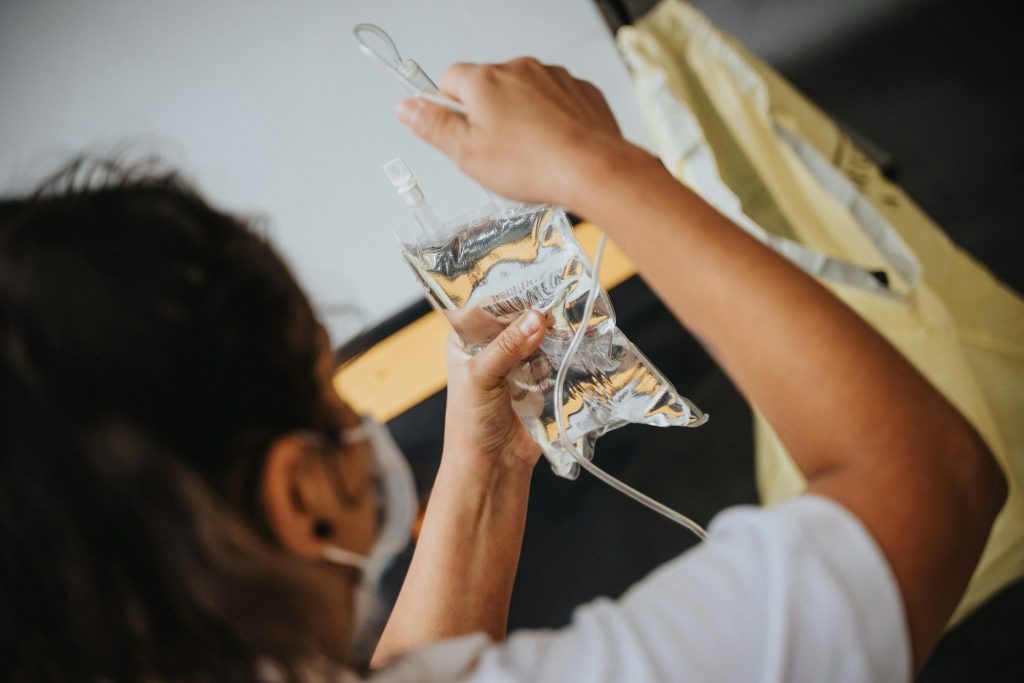By JoAnne Wadsworth, Communications Consultant, G20 Interfaith Forum.
– – –
On August 8, 2025, the G20 Interfaith Forum hosted its final “Faith in Action: Reflections” webinar, focusing on “Disaster Preparedness, Relief, and Recovery.” The discussion brought together faith-based humanitarian leaders to examine how religious communities serve as first responders and long-term partners in disaster response across the globe. The panel featured Zeinoul Cajee, representing Islamic faith-based organizations including Oakov South Africa; Aggie Chiku Chizoka from the Church of Jesus Christ of Latter-day Saints based in Lusaka, Zambia; Jan Pretorius, operational head of Matlaci Foundation; and Shivarlin Naicker from Sewa International South Africa. The conversation was moderated by Sandile Makasi and Yashika Singh.
The Spiritual Foundation of Disaster Response
The speakers revealed how faith traditions provide the moral imperative driving humanitarian action. Cajee explained the Islamic foundation for giving, citing Quranic teachings that emphasize sacrificial service to humanity regardless of religious affiliation.
“None of you will achieve righteousness or virtue until and unless you give of what you love now, that’s a very, very powerful statement… so this becomes humanitarian rather than sectarian giving.” – Zeinoul Cajee
Chizoka emphasized how Christian faith compels believers to see service as worship itself, explaining that members of the Church of Jesus Christ of Latter-day Saints fast monthly and donate the equivalent of two meals to fund global humanitarian efforts.
“When we provide service to our brothers and sisters, we are actually providing it to the Lord Himself… we can be his hands and his feet and be able to actually, you know, provide for his children when he is not able to provide.” – Aggie Chiku Chizoka
Historical Precedent and Modern Application
Cajee shared historical documentation from the early 20th century showing Muslim communities collecting funds town-to-town to support earthquake victims in Turkey around 1920, demonstrating that the culture of giving transcends generations and borders. He highlighted contemporary examples including Gift of the Givers’ pioneering containerized hospital in Bosnia during the 1990s genocide.
The speakers emphasized that faith communities don’t limit themselves to disaster response but maintain ongoing programs addressing education, water access, healthcare, and poverty alleviation. Recent examples include Islamic organizations drilling boreholes at major hospitals like Chris Hani Baragwanath Hospital and running mathematics upgrade programs for thousands of students annually.
Faith Communities as Uniquely Positioned First Responders
Pretorius positioned faith communities as “spiritual first responders” with unmatched advantages in disaster response, explaining their embedded community presence and moral consistency.
“We are not outsiders. We are the ones that are embedded in the communities. We are the trusted players, stakeholders, voices that bring forth this emotional and this spiritual support… We’re going nowhere. We are rooted and grounded in our communities.” – Jan Pretorius
During COVID-19, Matlaci Foundation’s rapid response demonstrated this embedded advantage, distributing approximately 10 million meals through church networks that became distribution hubs. Churches provided both physical aid and spiritual comfort during lockdowns, riots, and floods.
Beyond Emergency Relief: Sustainable Recovery and Empowerment
Naicker emphasized the Hindu principle of “Vasudeva Kuthambakam” – the whole world is one family – as driving Sewa International’s approach to disaster recovery. Rather than temporary aid, faith organizations focus on restoring dignity and creating conditions for self-sufficiency.
“We need to understand that it’s not just about food parcels or temporary aid. It’s about restoring dignity. It’s about creating conditions where families can live with self-respect, with purpose and with hope.” – Shivarlin Naicker
Sewa International has shifted from meal distribution to comprehensive programs including their sponsor-a-child initiative and educational support providing school supplies, uniforms, and behavioral counseling. Following the Tonga tornado in KwaZulu-Natal, their volunteers worked “brick by brick, home by home” providing building materials and clearing debris.
Complementary Partnership with Government
The discussion addressed the relationship between faith-based organizations and government disaster response. Cajee explained that Islamic tradition establishes both state and civil society roles, with communities maintaining responsibility for institutionalizing compassion at the grassroots level.
While acknowledging government’s primary responsibility, speakers highlighted how faith organizations fill critical gaps. Cajee noted that South Africa has approximately 200,000 people waiting for cataract operations, while Islamic organizations have performed about 15,000 free procedures in partnership with state hospitals.
“There’s always a situation where people have got good hearts, where they can give… civil society organizations can jump in and say, Yes, we can lend a hand, we can do this.” – Zeinoul Cajee
Practical Collaboration and Partnership Models
Chizoka shared examples of successful partnerships, including collaboration with UNICEF for medical equipment during Zambia’s cholera outbreak when the government converted the national stadium into a treatment center. Her organization worked with the Ministry of Health to provide food, equipment, and protective gear for staff.
However, speakers acknowledged challenges including bureaucracy, misunderstandings about religious motivations, and occasionally seeing “dollar signs” when aid is announced. Successful partnerships require clear communication about humanitarian rather than proselytizing goals.
Interfaith Unity in Crisis Response
Pretorius highlighted how disaster response creates natural interfaith collaboration, noting that “hunger, disaster, need knows no religion.” Faith communities demonstrate social cohesion by working across denominational and interfaith lines.
“Christian, Muslim, Jewish, Hindu, and traditional African communities can stand together. And we build on the spirit of ubuntu that is in our country. We truly, truly are a resilient country.” – Jan Pretorius
Lessons for Global Leaders
The webinar concluded with recommendations for G20 leaders and multilateral organizations. Speakers emphasized that faith communities represent the largest single stakeholder group in most countries, with established infrastructure, volunteer networks, and deep rural reach that can be immediately mobilized.
Faith actors bring moral imperatives and long-term commitment that resources alone cannot purchase. Their consistency and embedded community presence make them essential partners for sustainable disaster response and recovery.
A Model for International Cooperation
As South Africa leads the G20 in 2025 with themes of Solidarity, Equality, and Sustainability, the discussion demonstrated how faith communities embody these principles through disaster response. The upcoming G20 Interfaith Forum in Cape Town represents an opportunity to formalize these partnerships and share best practices globally.
The webinar emphasized that effective disaster response requires both immediate relief and long-term empowerment, helping communities not just survive disasters but “rebuild and rise stronger.” Faith communities’ unique combination of spiritual motivation, community trust, and established infrastructure positions them as indispensable partners in creating resilient societies that leave no one behind.
– – –
JoAnne Wadsworth is a Communications Consultant for the G20 Interfaith Forum Association and Editor of the Viewpoints Blog.



